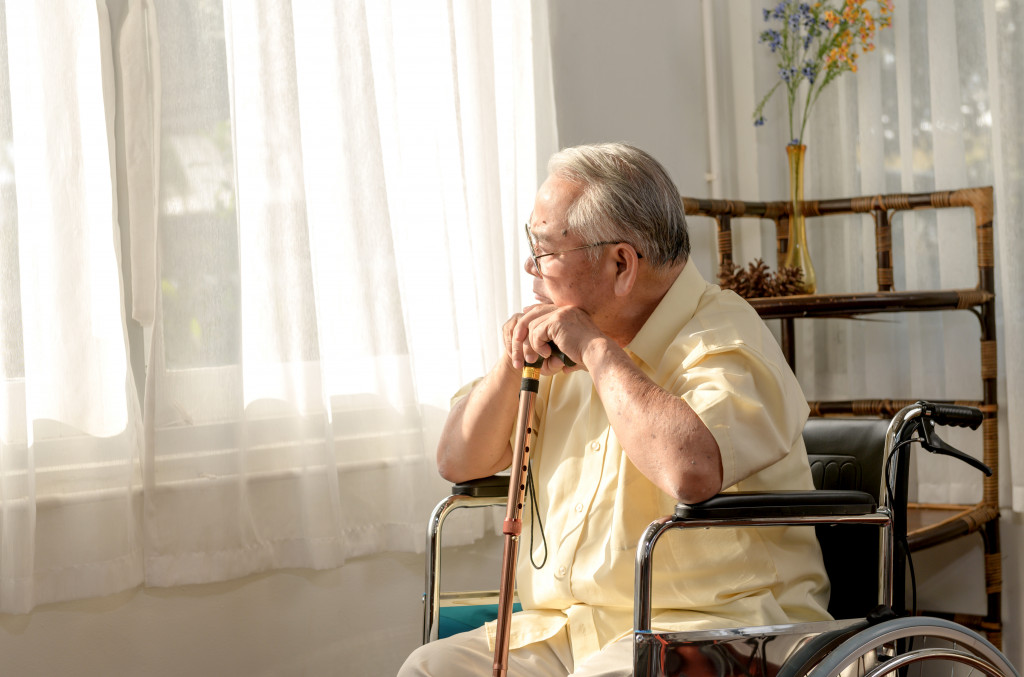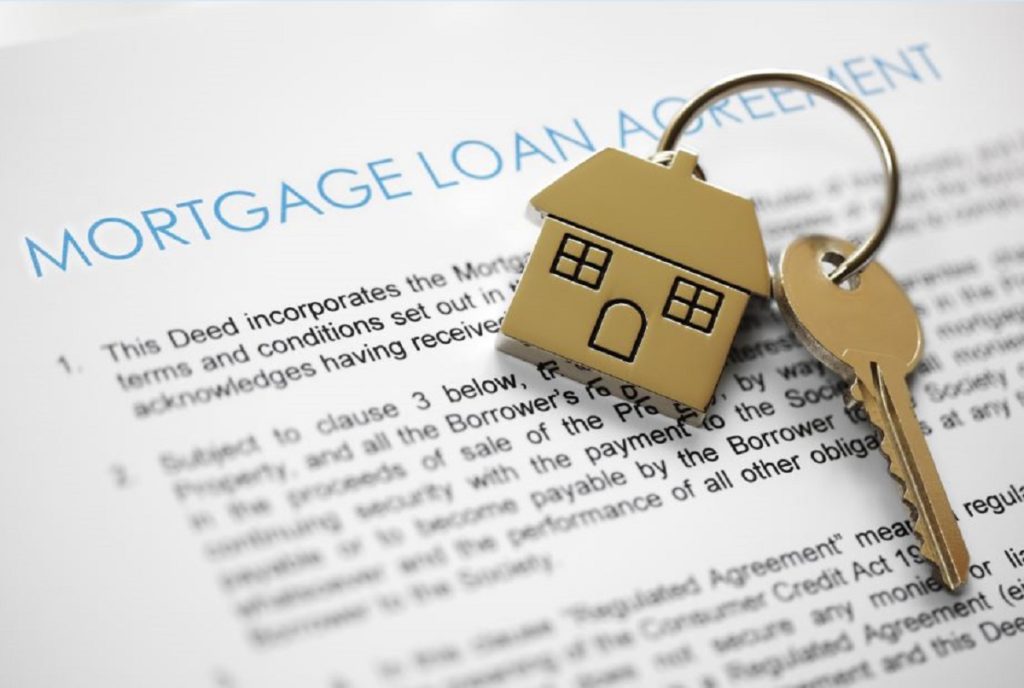Our homes should continue to evolve to meet our changing needs as we age. It may include modifying the house’s overall design and incorporating some “senior-friendly” features.
The home should be a place of refuge as we age – a place where we can feel comfortable and secure. Making necessary adjustments as our physical body becomes more fragile is crucial to maintaining our independence and quality of life.
As a home renovation firm, you might have to study hard to provide solutions suiting their unique needs and situation. Here are a few projects to learn when creating for a client who reached retirement age.
More Spacious Doorways and Hallways
Wider doorways and hallways can make a big difference for those using canes, walkers, or wheelchairs. It also makes it easier to move around furniture. The average doorway width is about 30 inches. The minimum recommends doorway width is 36 inches to accommodate a wheelchair.
In addition to being more spacious, hallways should also be clear of obstacles like cords or rugs that could trip someone up. As we age, our sense of balance deteriorates, and we are more likely to fall. As a result, creating more space is a necessary precaution to take.
Home renovation firms can suggest removing any furniture or decorations in the way and installing handrails along the walls for support. They can also widen doorways by removing the trim and drywall on one side before adding an extension.
Lighting
Good lighting is a must in any home but becomes increasingly important as we age. Poor lighting can cause accidents and make it difficult to see. It can also worsen conditions like dementia.
Different types of lighting are necessary to improve visibility and create a safer environment. For example, homeowners can use task lighting to light up specific areas like the kitchen countertop or bathroom sink. They can use accent lighting to highlight artwork or other features in the home.
Home renovation firms can help by installing new light fixtures and ensuring an adequate number of outlets. They can also add light switches near the doorways so that it’s easy to turn on the lights when entering a room.
Considerations for Bathrooms and Kitchens

The bathroom is one of the most dangerous rooms for seniors. More than 235,000 people over the age of 15 visit the emergency room each year because of injuries sustained in the bathroom.
Homeowners can prevent many of these accidents with some simple adjustments. For example, installing grab bars near the toilet and shower can help prevent falls. Adding a nonslip surface in the bathtub or shower can also reduce the risk of falls.
Some homeowners might also need to install a raised toilet seat or a walk-in shower. These features make it easier for those with mobility issues to use the bathroom.
Kitchens are also hazardous areas for seniors. Slips and falls are the most common accidents, but seniors can also get burned or cut while cooking.
Homeowners can make their kitchen safer by installing nonslip flooring and adding grab bars near the stove. They can also keep frequently used items within easy reach to avoid stretching or reaching for them.
Appliances should also be easy to use. For example, seniors might need a microwave with larger buttons or a stove with front-mounted controls.
These are just a few considerations to consider when renovating a home for seniors. Home renovation firms specializing in designing for this demographic can help homeowners make the necessary changes to their homes.
Ramps and Lifts in Strategic Areas
Many seniors have difficulty walking, so it’s essential to ensure that there are no steps leading into the home. If there are steps, then homeowners should install a ramp or lift.
Ramps should be at least 36 inches wide and have a nonslip surface. They should also have a handrail if possible. Lift chairs can be helpful if there is not enough space for a ramp.
Home renovation firms can help by installing ramps and lifts. They can also recommend the best location based on the home’s layout.
Additional Home Safety Features
Many other features can make a home safer for seniors. For example, installing motion-sensor lights near the house entrance can deter burglars and help seniors find their way in the dark.
Homeowners can also install peepholes indoors and add security features like deadbolts or chains. These measures can make it more difficult for intruders to enter the home.
Finally, homeowners should create an emergency plan in case of a fire or other disaster. Everyone in the household should know what to do and where to go in an emergency.
Home renovation firms can help by installing motion-sensor lights and security features. They can also advise homeowners on creating an emergency plan.
As we age, our needs at home change. It’s essential to make sure that our homes are safe and accommodating to age in place comfortably. Home renovation firms can help by making some simple adjustments to the house. We can make our homes safer and more comfortable for seniors.



